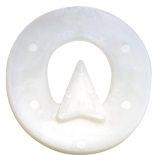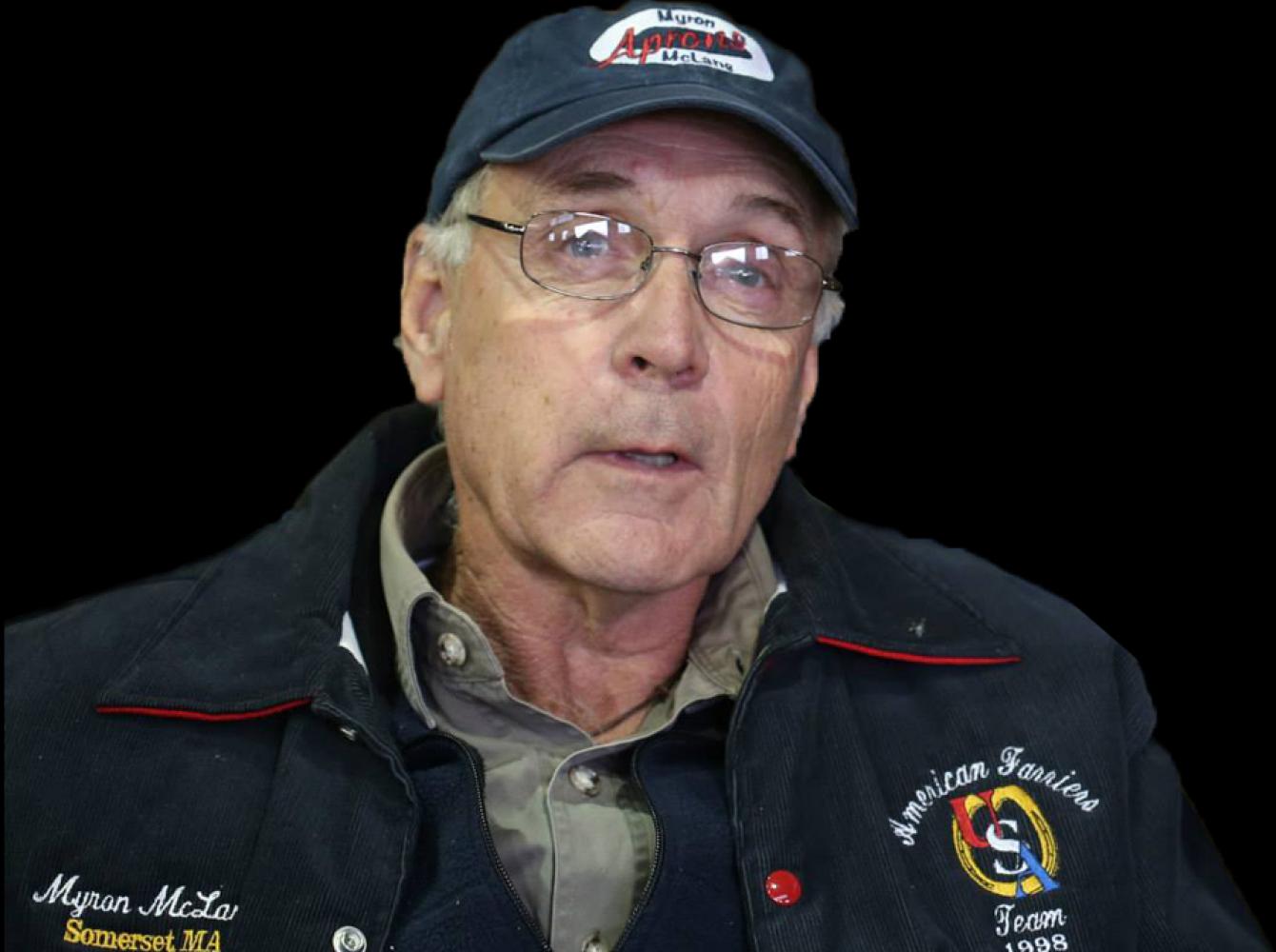
Myron McLane, CJF
Legendary farrier Myron McLane talks about his extensive farrier career and explains the development and benefits offered by the revolutionary McLane Full Support Pads.
International Horseshoeing Hall of Fame member, Myron McLane’s, days are filled with shoeing clients’ horses and giving clinics to farriers. Despite a career that has spanned nearly six decades, he says he can’t turn anyone down that asks for his help with their horse. He says, “I never turn down a new client with a lameness issue because I know I can help them.”
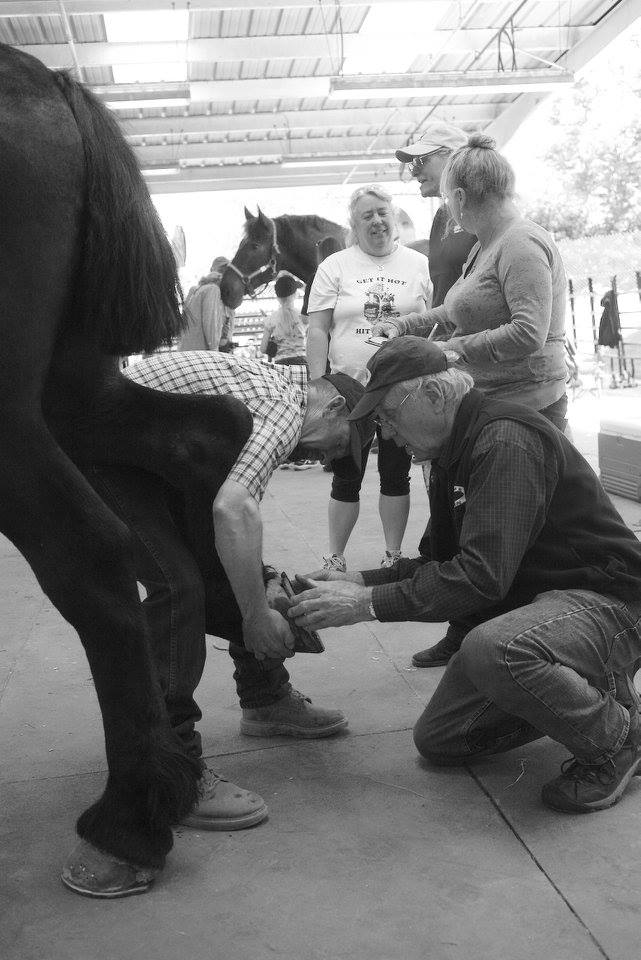
As a young boy, McLane always loved horses. At age twelve he had the opportunity to see a horse shod for the first time and remembers being mesmerized by the craft. At that time in the early 1960's, there wasn’t much literature out there on the work of a farrier. He explained that many farriers were hesitant to teach or share their techniques to possibly create competition for clients. So, McLane set out to teach himself. He started shoeing friend’s horses and remembers reading a two-page spread in Western Horseman magazine that described how to trim and shoe a horse. From there it was up to him.
The first horse he shod for money was a racehorse. It took him over three hours to do so. He was physically exhausted afterward but got his first glimpse of what a career as a farrier might entail. In 1966, McLane says he was fortunate enough to apprentice under Bob McCarthy for eight years and learned much of what he now knows. Once he went out on his own, he felt compelled to work at the Standardbred racetrack because those farriers were considered the “best of the best.” “Imagine horses running 40 mph on a hard surface day in and day out”, McLane explained that working there meant you had to be precise, otherwise they would go lame or underperform. He spent 18 years working at the Foxboro Raceway in Massachusetts. At that point, he was tapped by the then president, Bruce Daniels, after competing for the U.S. team in the international competition to chair the American Farrier Association’s International Competition. McLane believes that this competition has improved farriery over the years as it has brought the best farriers from around the world to compete with one another. Each year all are striving to be better than the last. For 29 ½ years, McLane would chair that horseshoeing competition.
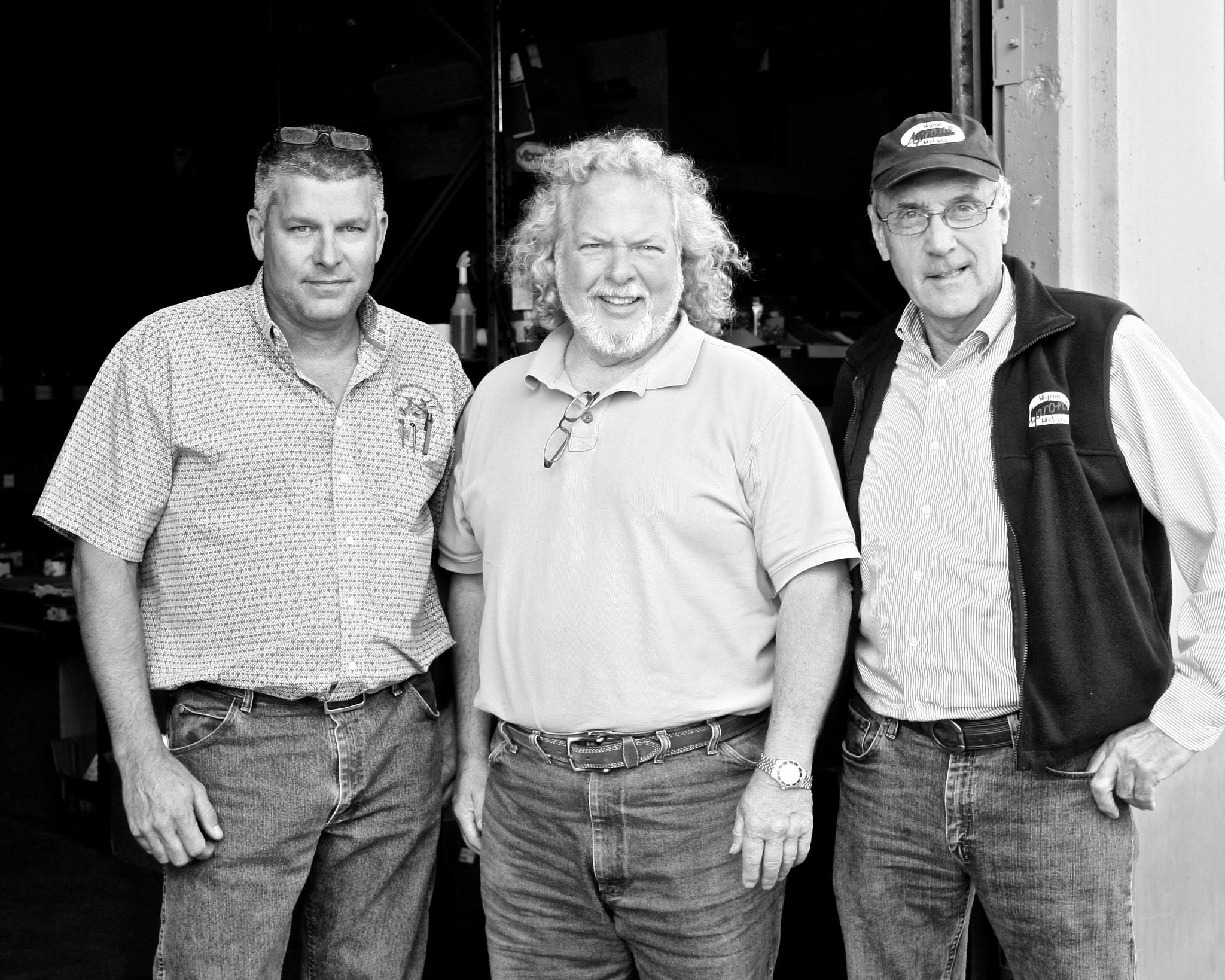
In 1984, Myron became familiar with Mustad after being introduced to the Glue Strider shoe through Bernie Chapman, the most famous horseshoer at the time and a dear friend of his. Chapman asked McLane to help him develop the product line and together the two of them campaigned and marketed the shoes all over the country, giving presentations far and wide. Chapman was McLane’s inspiration for specializing in treating crippled horses. It was this experience that gave him the inspiration for a new product. Something to give frog support without the use of a heart bar shoe. It needed to be something that wasn’t rigid or made of metal and thus the “Myron McLane Full Support Pads” were born.
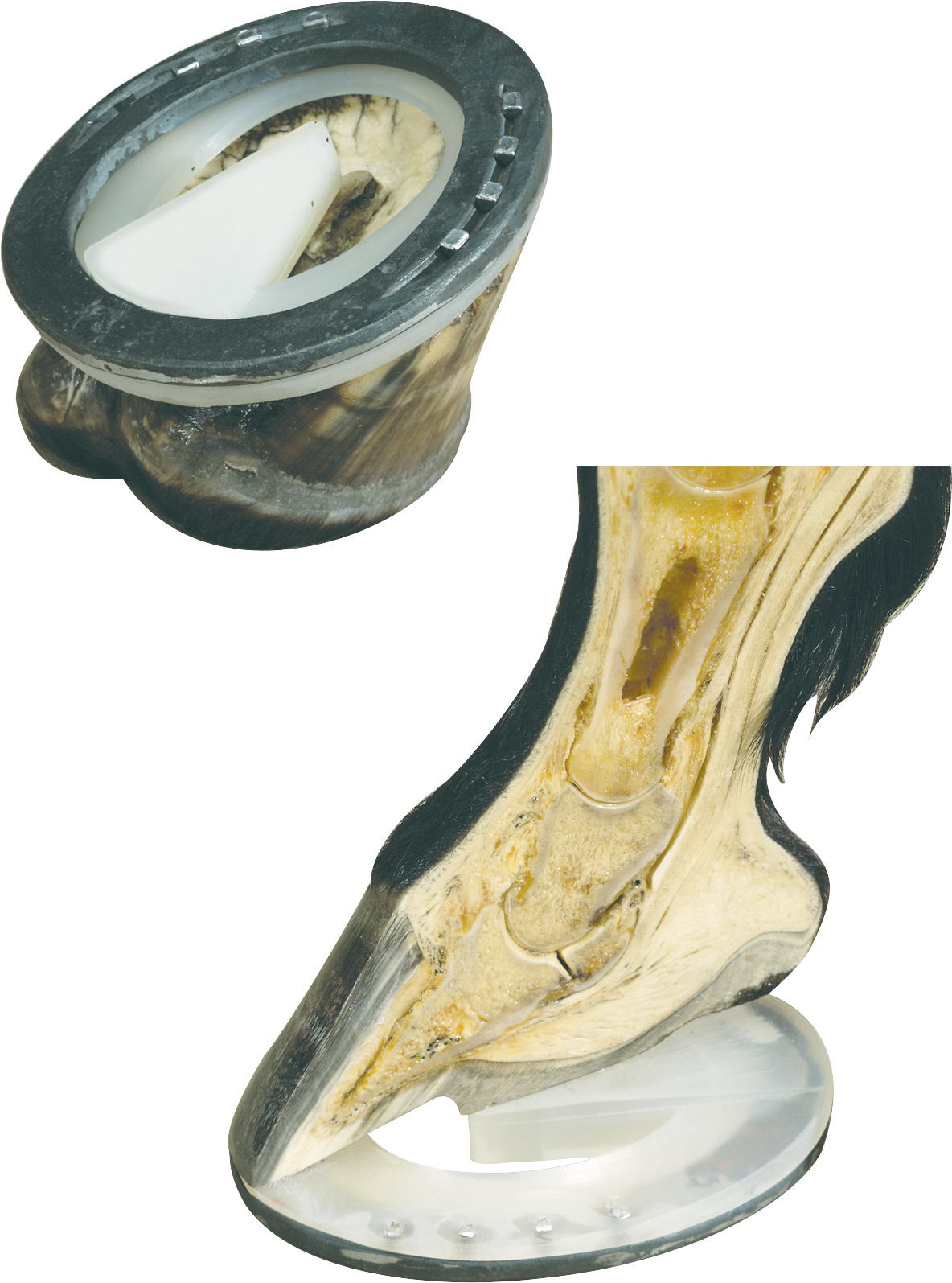
McLane worked with Mustad engineers to develop the pad and once it was patented, Mustad was given the rights to manufacture. The pad supports the frog and the coffin bone from rotating or sinking within. That movement of the coffin bone is and has been, a major cause of lameness in horses for as long as they have been domesticated. The McLane Full Support Pads are cost-effective and resolve the issue immediately once applied. In the beginning, McLane traveled for Mustad giving clinics and showing farriers how to use them. Farriers could see how effective they were and explained “when farriers use the pads, they are considered a hero!
Since then, hundreds of farriers have reached out to him to share stories of success; how they’ve been able to seemingly miraculously “cure” the horses’ lameness with the use of the pads. McLane’s partnership with Mustad to create this pad has not only touched the lives of thousands of American horses but horses across the globe.
McLane says that hearing how many horses’ lives have been improved using these pads means so much to him. He explained, “This is why I do what I do – to help horses.” And that it has been a highlight of his life to hear from farriers from around the world on how they were able to take a crippled horse and make them sound again when the pad is applied.
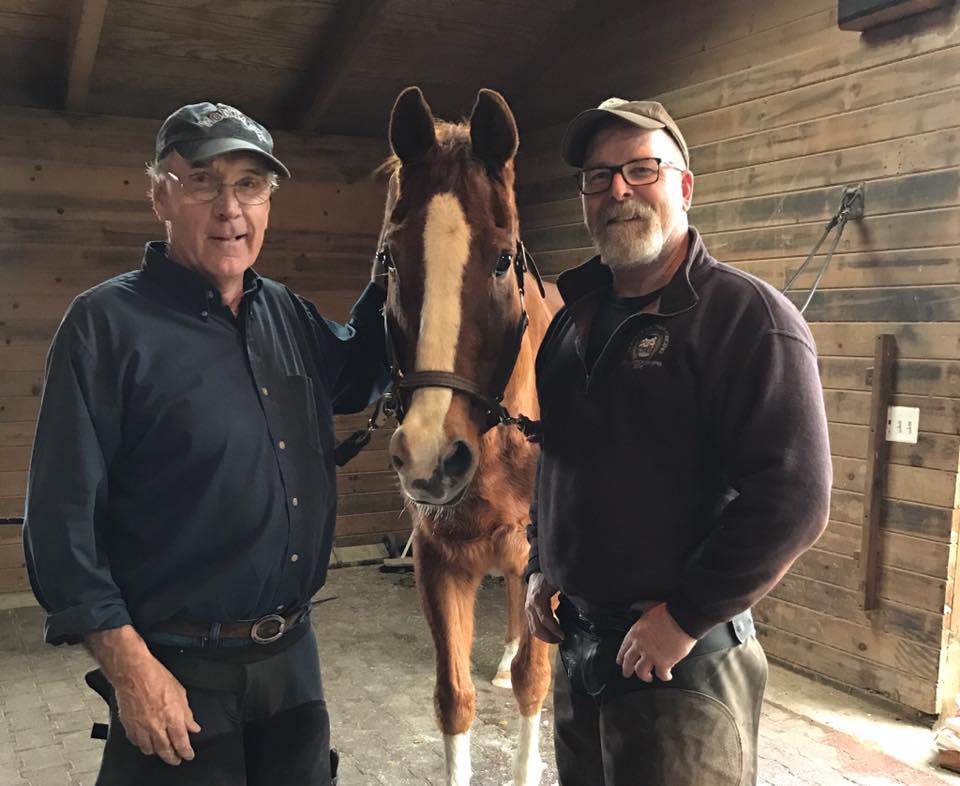
When asked what his days look like now, he explained that his days are still full. He will only take new clients if they have lameness issues and that he’s very much looking forward to the American Farrier Association’s 50th Anniversary Convention where he will give a lecture on the use, benefits, and methods of frog support in Texas this fall. He’s feeling good and is healthy, and he knows he has made a difference for thousands of horses’ lives and contributed to the horseshoeing industry.
